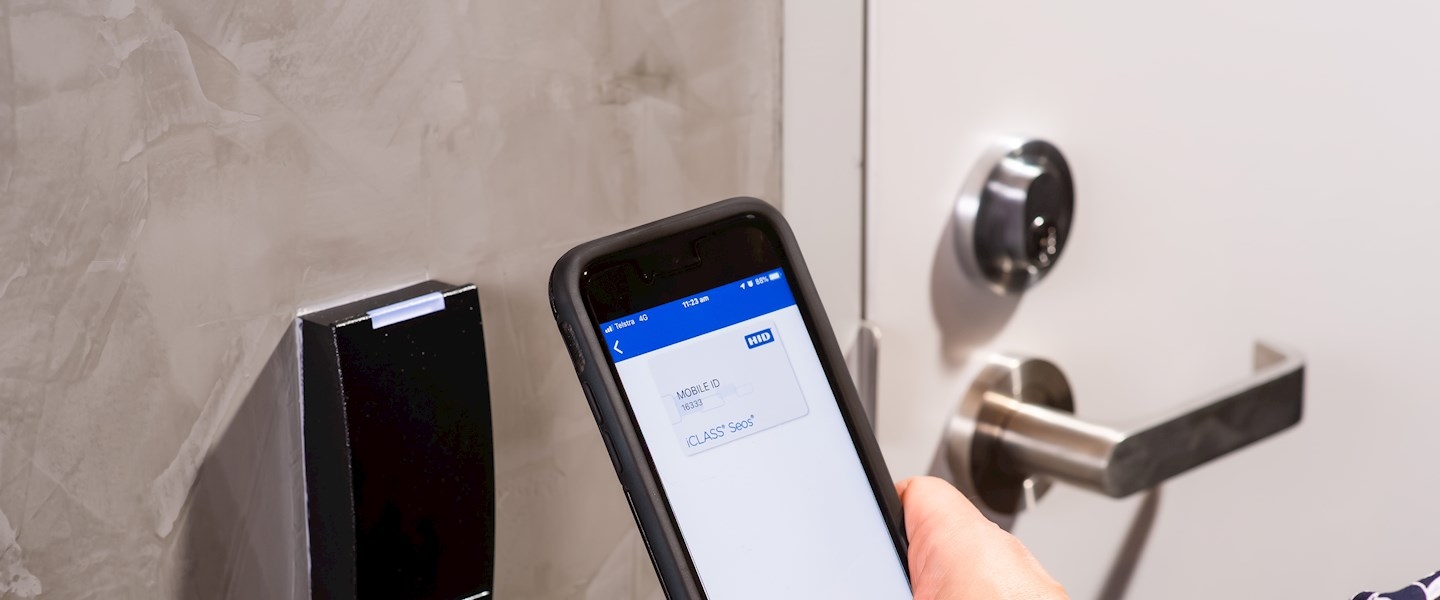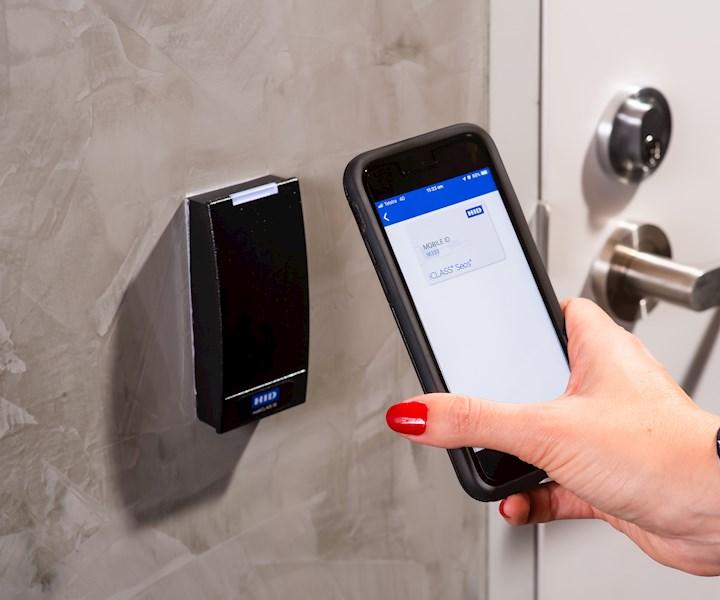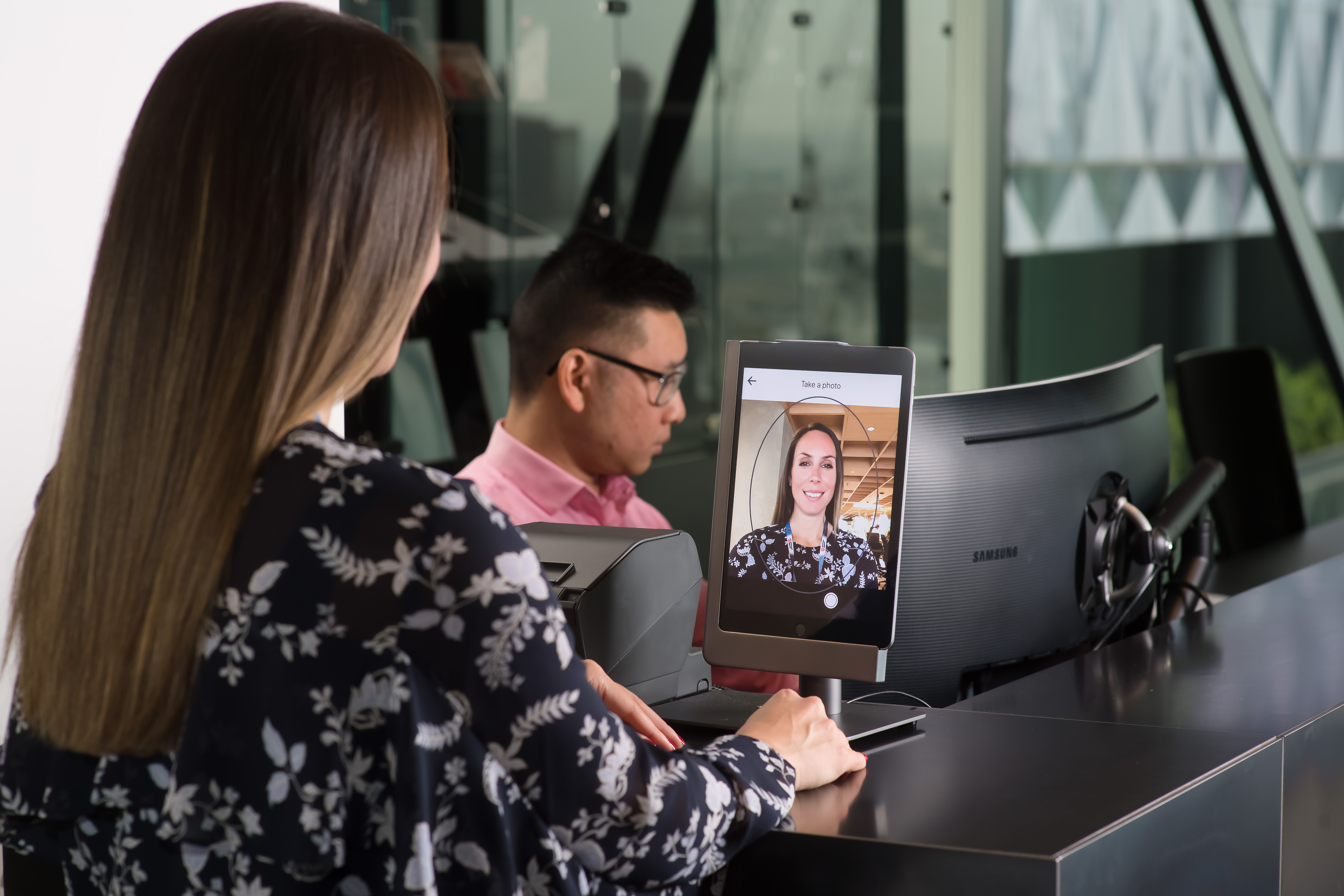Developing and implementing best practices for access control


Access control is a critical part of any organisation's security overlay. Your initial line of defence against unwanted entry, access control is not only your first chance to defeat potential intrusion but can also be a powerful deterrent for less committed hostile actors. Proper access control measures limit the need for responses by personnel or other security systems such as video surveillance, reducing the risk to assets and minimising the resources required to successfully protect your people and assets.
Defining what access control means for your organisation and how best to implement it in a safe and effective way can be difficult. It requires considering questions about the value of certain assets; the risk posed to those assets; where you've fallen short in protecting these assets; and the extent to which your current security measures adequately protect against these risks. You also need to weigh this against the level of inconvenience that your staff are willing to accept as well as the health and safety implications of certain measures.
Wilson Security has worked closely with building owners, corporate tenants and facilities managers to develop comprehensive security solutions for businesses across a range of industries, so we understand the importance of access control and the different ways measures can be deployed. Read our blog and make better informed security decisions for your business today.
Identifying the role of access control
Because of the potential to deter, defend against or even completely defeat potential threats access control should have a central role in your organisation's security plans. While it can be a powerful first line of defence, there are limitations and these need to be clearly understood in order to be effective.
The best forms of access control require that you first understand the ways in which people interact with your property. This means taking the time to identify where a restricted asset or area is, who should be able to access it, and when they should be permitted to access it. Our experience has taught us that effective access control measures err on the side of caution; take an exclusive approach that eliminates everything barring a few select acceptable access scenarios. Once you've defined the acceptable window of access, you can begin to determine what falls outside of that. Referred to as the principle of least privilege or 'need-to-know', this conceptual shift means that you're likely to end up with a smaller pool of people who are able to access the asset, naturally limiting your risk.
Taking a layered approach to security

Once you've determined the few acceptable access scenarios for your asset, it's time to start developing measures that prevent access in unacceptable scenarios. Access control is a broad area of practice that can involve everything from automated systems to manned solutions. Especially for larger, high value or more complex properties, multiple interconnected access control measures may be required to achieve the right level of security.
This reflects the principle of layered security – deploying multiple security systems concurrently and consecutively in order to slow or halt any unauthorised access. A simple example can be seen at many buildings with allocated carparking– the installation of staffed checkpoints allows scrutiny of visitors coming in via a certain route, but it's useless without a fence or other physical barrier that stops people from simply avoiding the checkpoint all together.
Similarly, a person who has skimmed an access card for your building is going to have little problem getting past key card locked doors, but investing in multi-factor authentication – such as requiring the simultaneous entry of an access code or submitting to a biometric scan – can severely limit the potential for damage.
In all of this, it's important to not lose sight of your regulatory requirements such as providing safe fire escapes for all personnel. Working with an experienced and professional security company when devising your solutions ensures that you're balancing convenience, safety and security without compromising on any.
Building the right systems
There's no one size fits all access control solution, as the material facts and security requirements of each property will differ sharply. The right solution comes from close study of your needs and your own vulnerabilities, and a thorough understanding of the appropriateness of each access control system.
View our blog terms and conditions here.


